30 Foods for Vaginal Health You Should Be Eating Daily
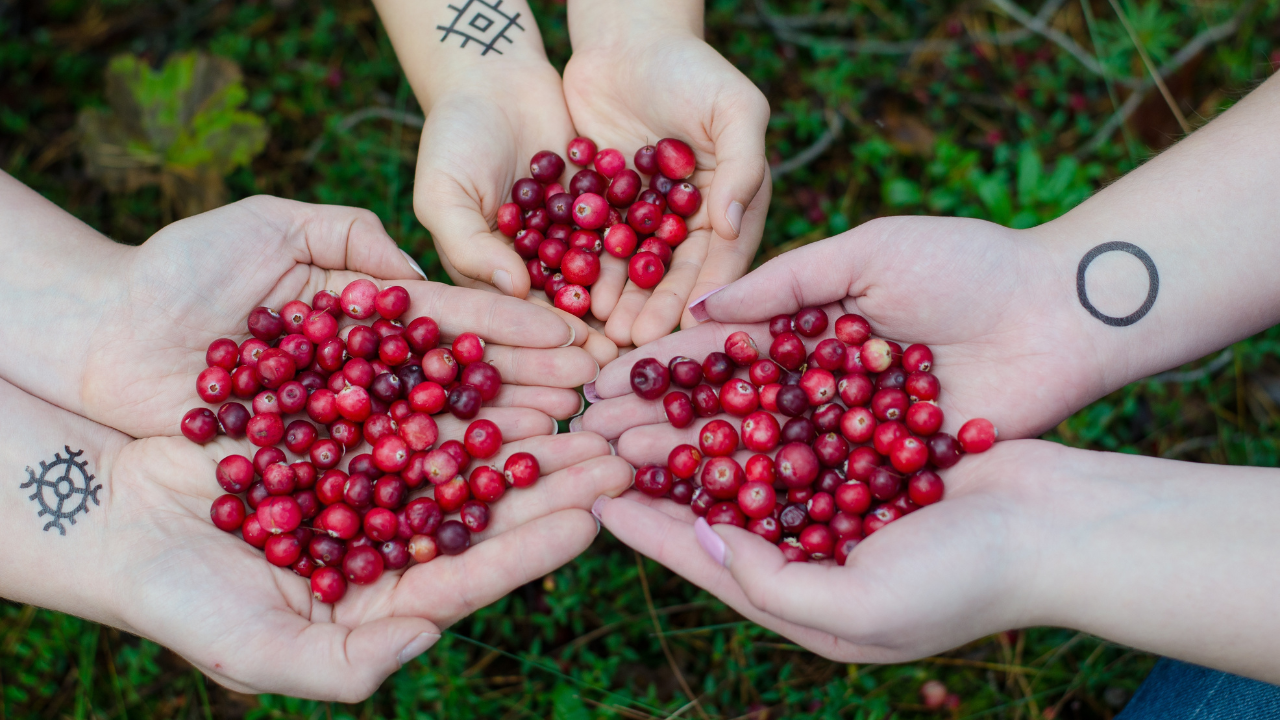
Table of Contents
The health of your vagina is directly affected by what you eat. Food impacts your lubrication levels, discharge texture, scent, vaginal pH, and fertility. Certain foods support a healthy vaginal microbiome and help your body produce more cervical fluid. Others, especially processed sugars, refined carbs, and conventional dairy, disrupt your pH & feed yeast and bad bacteria.
If you’re dealing with recurring infections, vaginal odor, or vaginal dryness, your diet might be part of the problem, and it can absolutely be part of the solution.
This article gives you a list of 30 specific foods that support vaginal health. We’re showing you exactly what to eat, and how each food helps.
Foods for Vaginal Health
Moisture + Vaginal Lubrication Foods
1. Flaxseeds
Flaxseeds contain lignans, which are natural compounds that act like a gentle form of estrogen. Estrogen is what keeps vaginal tissue thick and able to self-lubricate. When estrogen dips vaginal tissue can start to thin out or become more sensitive. Lignans from flaxseeds bind to the same receptors as estrogen and help stimulate the tissue to rebuild its natural structure. Flaxseeds are also packed with omega-3 fatty acids, which feed the actual structure of the vaginal walls and contribute to overall health .
2. Avocado
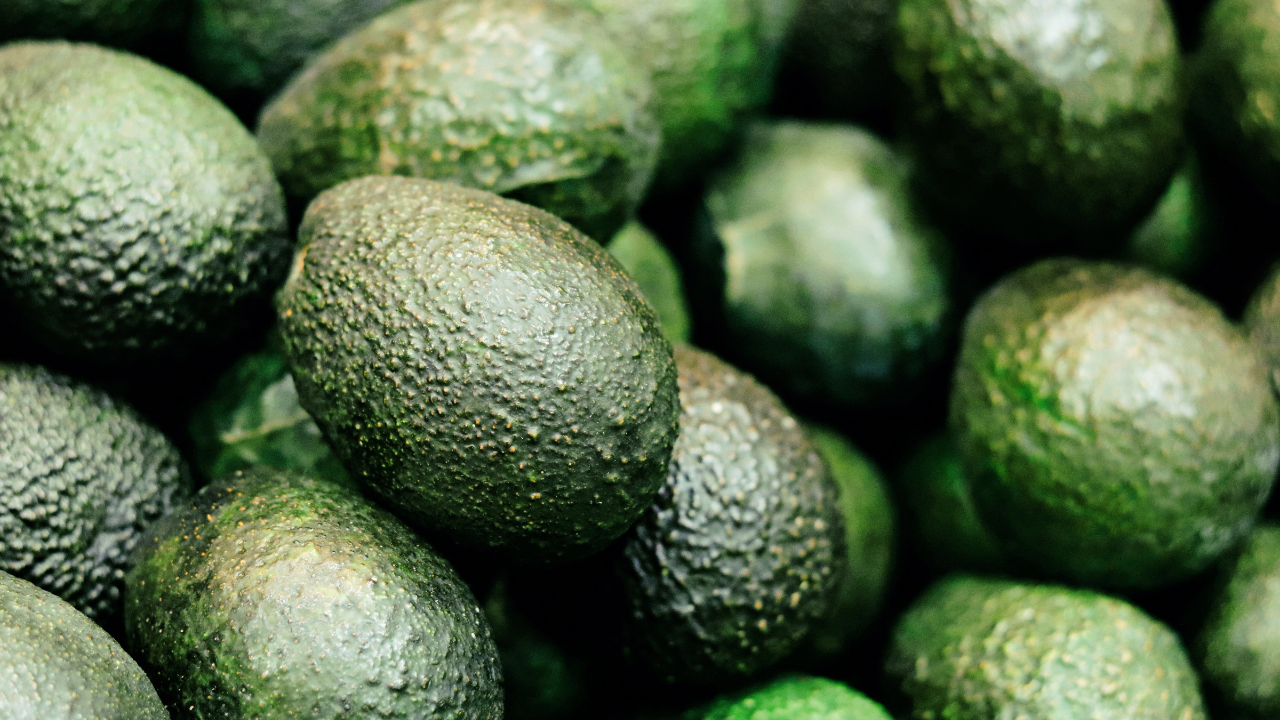
Avocados are packed with monounsaturated fats, especially oleic acid, which are the same kinds of healthy fats that make up the lipid layer of your vaginal walls. This lipid layer is essential for optimal vaginal health, with tons of health benefits. It works like an internal moisturizer by locking in natural vaginal fluids and giving the tissue its signature glide instead of grit. The monounsaturated fats from avocado are absorbed in the gut, enter your bloodstream, and get built directly into the cell membranes that line the vaginal canal. When these fats are present, the cells are softer, more flexible, and able to hold onto moisture longer, so lubrication stays steady instead of fading out.
3. Sweet Potatoes
Sweet potatoes are loaded with beta-carotene, a pigment your body converts into vitamin A. After digestion, beta-carotene is absorbed in the intestines and converted to active vitamin A in the liver, which is then circulated to the vaginal tissue. Vitamin A is essential for the formation and repair of epithelial cells that make up the vaginal lining. When vitamin A levels are sufficient, it signals these cells to multiply and regenerate, thickening the mucosal wall and protecting against thinning, dryness, and sensitivity.
4. Apples
Apples, especially with the skin, are a rare source of phloridzin, a phytoestrogen compound that mimics weak estrogen in the body. Phloridzin is absorbed in the small intestine and travels in the bloodstream to hormone-sensitive tissues, including the vaginal lining. There, it attaches to estrogen receptors and gently stimulates the tissue to maintain flexibility and healthy blood supply. This helps sustain natural lubrication, supports healthy vaginal microbiota, and keeps the vaginal tissue responsive to arousal, even if your own estrogen fluctuates.
5. Soy (organic, whole)
Whole, organic soybeans provide isoflavones, such as genistein and daidzein, which act as phytoestrogens, plant-based compounds that bind to estrogen receptors. When consumed, isoflavones are absorbed and distributed to hormone-sensitive areas, including the vaginal wall. They help compensate for falling estrogen levels by signaling the tissue to stay flexible and moist. Isoflavones also stimulate the production of glycogen in the vaginal lining, which serves as a food source for healthy lactobacillus bacteria.
6. Almonds
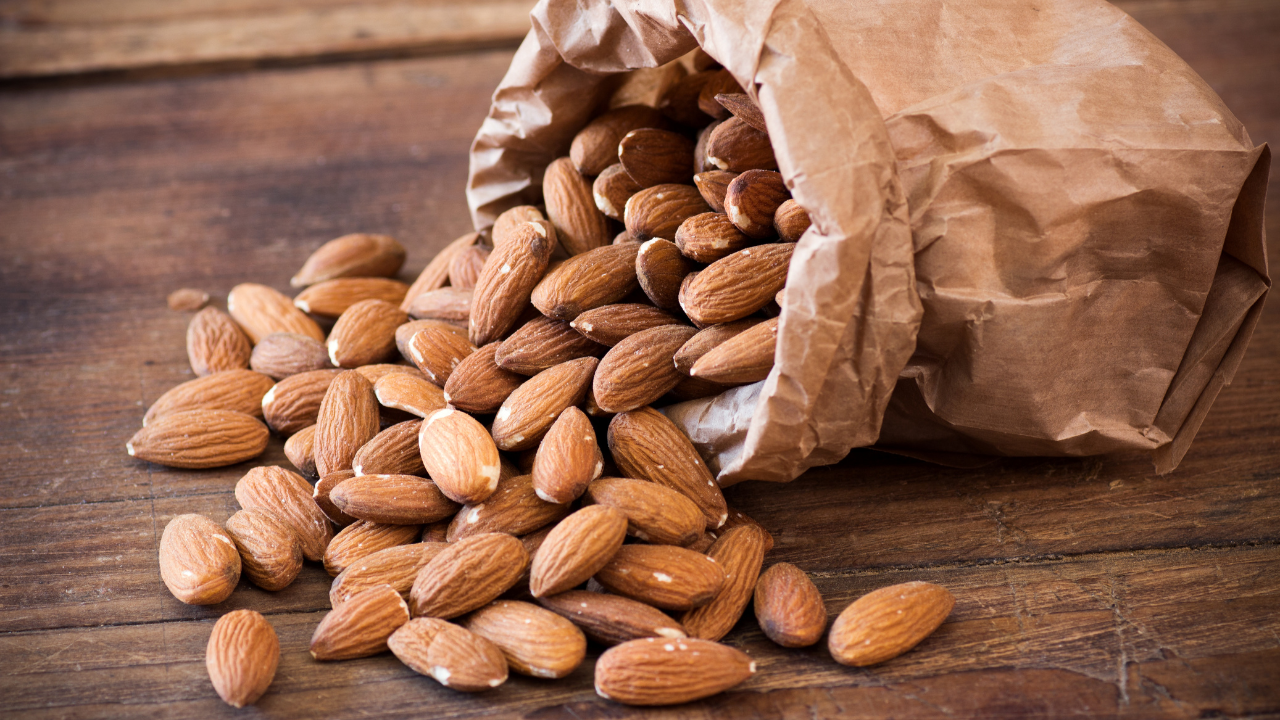
Almonds are a concentrated source of vitamin E, a fat-soluble antioxidant, as well as monounsaturated fats and trace minerals. Vitamin E is absorbed alongside fats in the digestive tract and delivered to the mucous membranes, including those lining the vagina. In these tissues, vitamin E is incorporated into cell membranes, where it acts to stabilize, repair, and protect against oxidative damage from friction or hormonal changes. This process helps maintain cell elasticity, so the vaginal lining can stretch without tearing and hold onto natural moisture.
Blood Flow + Sensitivity Boosters
1. Dark Chocolate (70%+)
Dark chocolate that contains at least 70% cocoa is loaded with flavonoids, especially a compound called epicatechin. When you eat dark chocolate, epicatechin triggers the release of nitric oxide in your blood vessels. Nitric oxide is a molecule that tells your blood vessels to relax and widen, allowing more blood to flow through even the tiniest capillaries, including those that supply the clitoris, G-spot, and the vaginal wall.
2. Peppers (Capsaicin)
Peppers, especially hot varieties like cayenne or jalapeño, contain capsaicin, the active compound responsible for their heat. Capsaicin works as a natural vasodilator: when you eat peppers, capsaicin stimulates nerve endings in your mouth and gut, signaling your body to release endorphins and increase circulation. This improved blood flow reaches the pelvic region, ensuring the vaginal tissue is nourished and remains sensitive to touch.
3. Hot Chillies
Hot chillies are particularly rich in capsaicinoids, bioactive molecules that interact with sensory nerve receptors. Once digested, these compounds cause blood vessels throughout the body (including the vaginal area) to dilate, increasing warmth and blood flow. This heightened circulation delivers more oxygen, micronutrients, and immune cells to the vaginal lining, which strengthens tissue repair and natural defense against infections.
4. Spinach
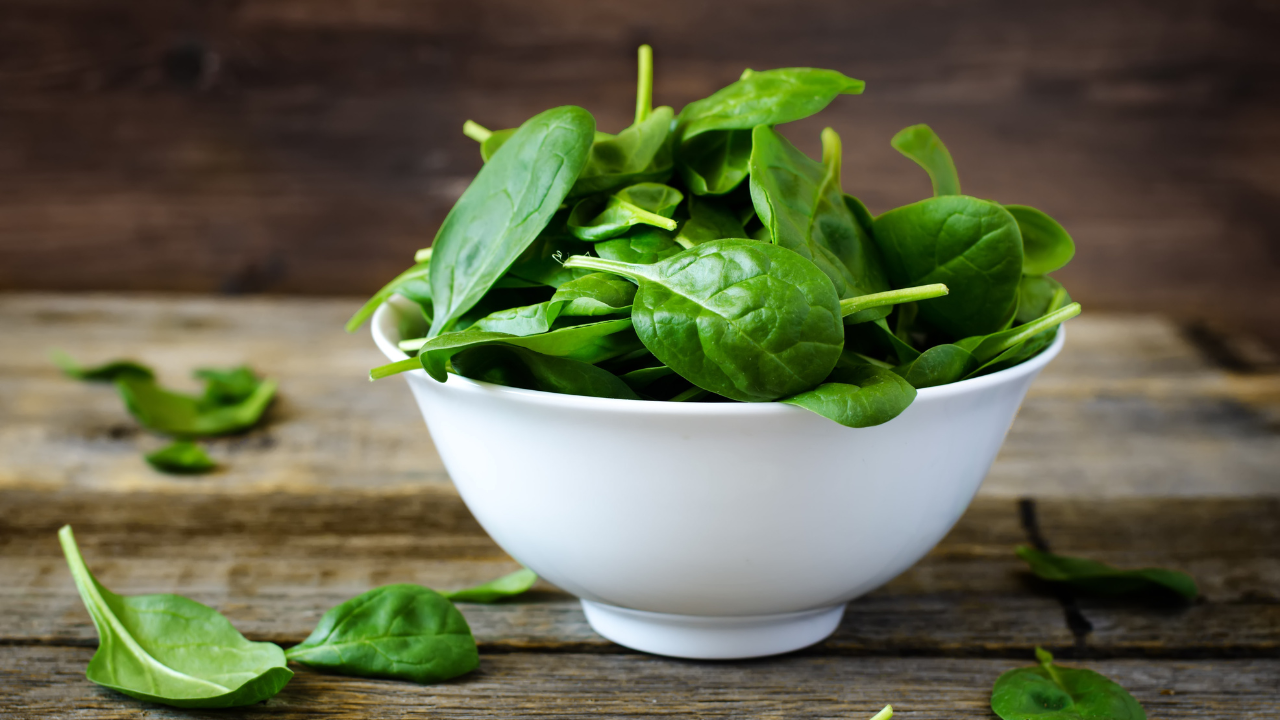
Spinach is rich in magnesium, folate, and vitamin C, all critical for healthy blood flow and tissue repair. Magnesium in spinach helps relax blood vessel walls and improve circulation, which delivers more nutrients to the vaginal lining and keeps it plump and well-hydrated. Folate supports cell division and regeneration, fueling the replacement of old or damaged vaginal cells with fresh, resilient tissue.
5. Green Peppers
Green peppers are packed with vitamin C and vitamin B6, two nutrients that work in tandem to support healthy vaginal function. Vitamin C is essential for the formation and maintenance of collagen, the protein that gives the vaginal walls their structure and elasticity. When collagen is strong and plentiful, the tissue is more resilient, able to stretch comfortably during sex or childbirth, and less likely to feel thin or irritated.
6. Beets
Beets are one of the richest natural sources of dietary nitrates, which your body converts into nitric oxide after digestion. Nitric oxide acts as a vasodilator, meaning it relaxes and widens blood vessels, including those that deliver oxygen and nutrients to the vaginal walls, clitoris, and pelvic floor. The result is deeper, steadier blood flow that not only enhances arousal and lubrication, but also speeds up tissue healing and increases sensitivity.
Balanced Vaginal pH, Bacterial Vaginosis, & Microbiome Support
1. Yogurt (plain, unsweetened)
Plain, unsweetened yogurt contains live active cultures, especially Lactobacillus acidophilus and Lactobacillus rhamnosus. A healthy vaginal environment is dominated by Lactobacillus, which keeps the tissue acidic, resilient, and infection-resistant. When Lactobacillus populations drop, sugar overload or hormonal shifts, the vaginal pH can rise, and the tissue becomes more vulnerable to irritation, or bacterial overgrowth. The Lactobacillus strains in yogurt survive digestion and travel to the lower gut, where they tip the microbial balance back in favor of these beneficial bacteria.
2. Kefir
Kefir is made by fermenting milk with kefir grains, which are clusters of bacteria and yeast, most notably Lactobacillus kefiri, Lactococcus lactis, Bifidobacterium bifidum, and yeasts like Saccharomyces kefir. In a healthy vaginal microbiome, these bacteria help in preventing the overgrowth of yeast and harmful bacteria. When the gut or vaginal flora is disrupted, by antibiotics, illness, or even stress, these pathogens can multiply, causing infections or inflammation.
The probiotics in kefir are uniquely hardy, as their adhesive proteins help them survive and latch onto the gut lining, where they produce lactic acid and short-chain fatty acids that lower pH and suppress inflammation. These same strains, once established in the gut, can signal or migrate to support the vaginal environment, restoring a protective layer of Lactobacillus.
3. Kimchi
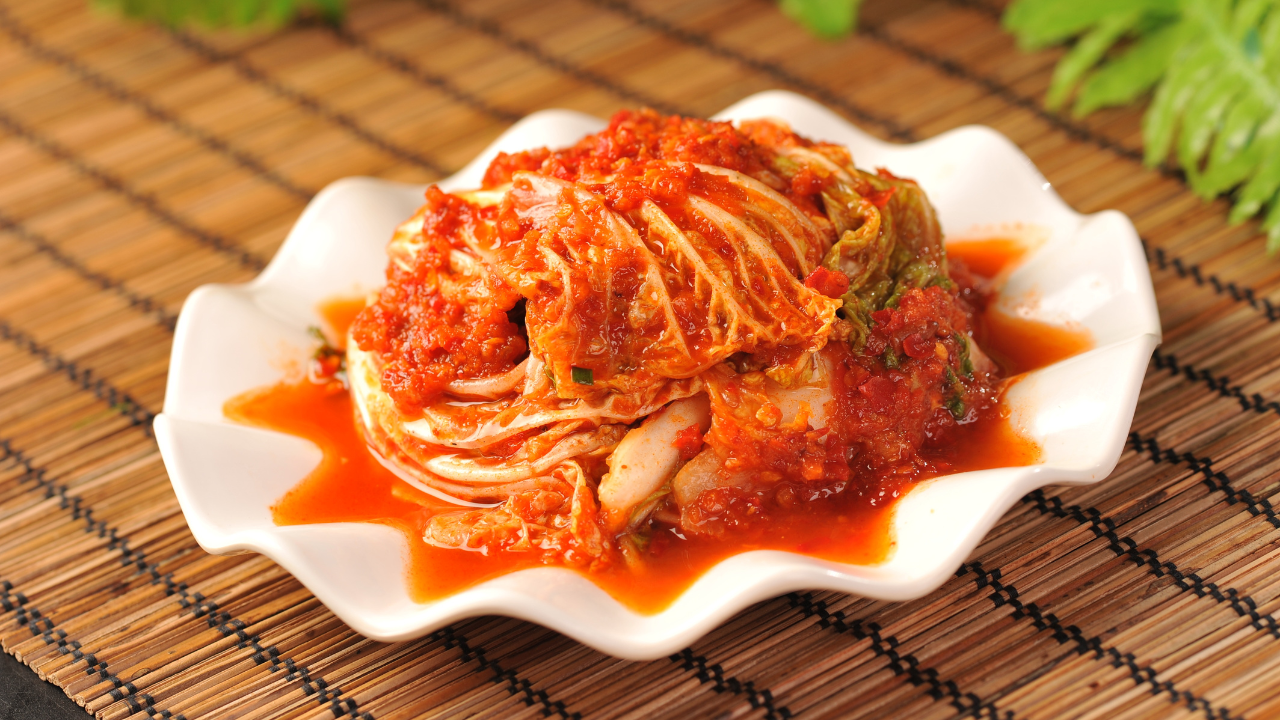
Kimchi is a fermented food packed with Lactobacillus plantarum, Leuconostoc mesenteroides, and Weissella cibaria, strains that help build a healthy, acidic barrier across the gut and vaginal tissues. In a balanced state, these bacteria flood the vaginal lining with lactic acid and bacteriocins, keeping pathogens out and the tissue moist and responsive. When the microbiome is wiped out, harmful microbes can take over, leading to a rise in vaginal pH, dryness, and persistent irritation. The lactic acid bacteria from kimchi survive digestion and recolonize the gut, where L. plantarum is especially skilled at adhering to mucosal surfaces.
4. Sauerkraut
Raw, unpasteurized sauerkraut is rich in live Lactobacillus plantarum, Lactobacillus brevis, and Leuconostoc mesenteroides, produced naturally during fermentation. When you eat raw sauerkraut, these beneficial bacteria survive digestion and settle in the lower intestine, where they begin to produce lactic acid and antimicrobial compounds. This steady acid production helps keep your gut and vaginal pH low, a key defense against the overgrowth of yeast (Candida) and problematic bacteria like Gardnerella.
5. Kombucha
Kombucha is brewed by fermenting tea with a SCOBY, a colony of bacteria and yeasts that includes Zygosaccharomyces, Brettanomyces, Gluconacetobacter xylinus, and Lactobacillus. When you drink raw, unpasteurized kombucha, you introduce these live microbes and organic acids into your digestive system. As these bacteria and yeasts colonize the gut, they continue to ferment any residual sugars, generating acetic and gluconic acid that help drop the pH in your colon. A more acidic gut supports the health and migration of Lactobacillus to the vaginal canal, where it’s needed most for keeping vaginal tissue moist and protected against infection.
6. Cranberries (and 100% Cranberry juice)
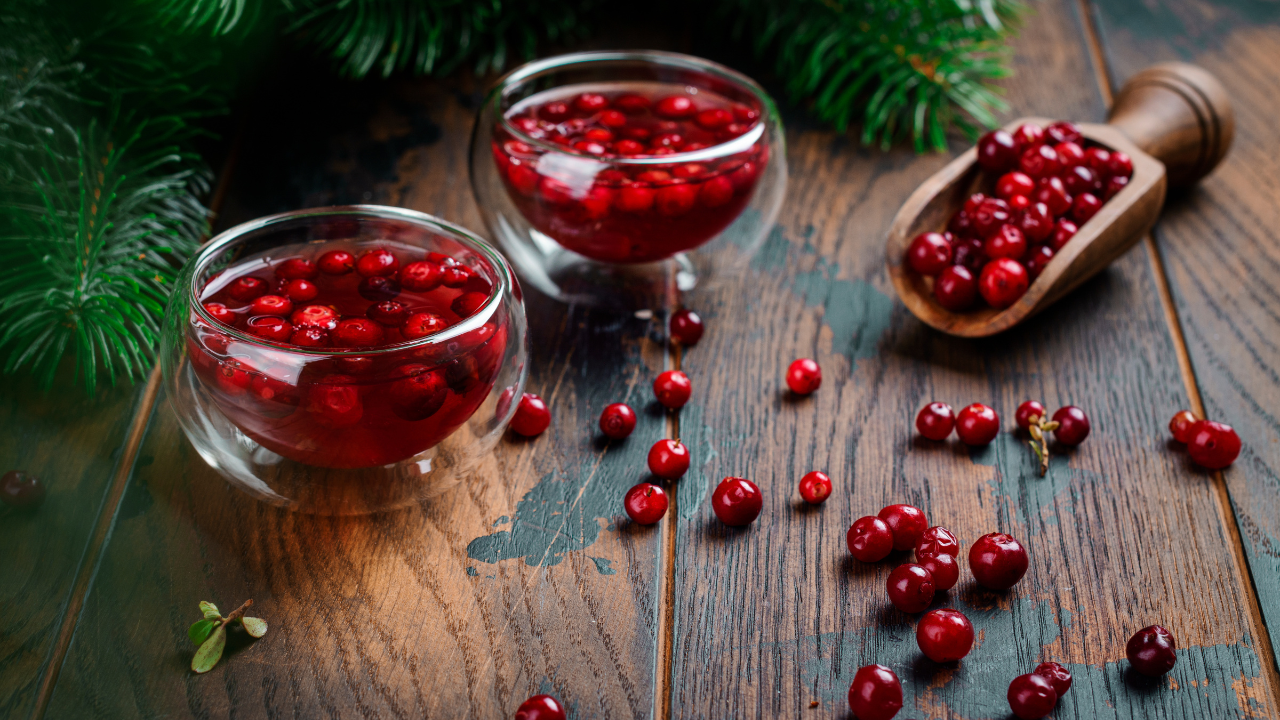
Cranberries contain a high concentration of type-A proanthocyanidins (PACs), plant compounds that are absorbed during digestion and circulate through the body. Once in your system, PACs are excreted in urine and vaginal fluids, where they act by physically coating the lining of your urinary tract and vaginal walls. This coating prevents bacteria like E. coli and Gardnerella from latching onto your tissue, making it harder for urinary tract infections to take hold.
7. Garlic
Raw, freshly chopped garlic contains the enzyme alliinase, which converts alliin into allicin, a powerful sulfur compound. Once ingested, allicin is absorbed in the gut and quickly travels throughout the bloodstream, targeting mucous membranes, including those in the vaginal canal. Allicin works by disrupting the cell membranes of fungi like Candida albicans and a wide range of harmful bacteria, effectively stopping their growth without harming beneficial Lactobacillus populations.
Hormone Regulators + Estrogen Allies For a Healthy Vaginal Environment
1. Whole Grains (oats, quinoa, brown rice)
Whole grains are a primary source of soluble and insoluble fiber, which acts as the body’s natural hormone filter. Estrogen is produced and used throughout the cycle, but it needs to be cleared out once it’s spent. Fiber binds to excess estrogen in the gut, helping escort it out of the body through regular bowel movements. Without enough fiber, old estrogen can be reabsorbed back into circulation, leading to hormonal overload that shows up as bloating, or even recurrent vaginal infections.
2. Pumpkin Seeds
Pumpkin seeds are loaded with zinc and magnesium, two minerals that play a critical role in hormone synthesis and vaginal tissue repair. Zinc is required for the body to make and regulate estrogen and progesterone, and it also supports collagen production in the vaginal wall. Magnesium helps relax blood vessels and improves nerve function, which keeps the vaginal lining supplied with nutrients and responsive to touch.
3. Miso
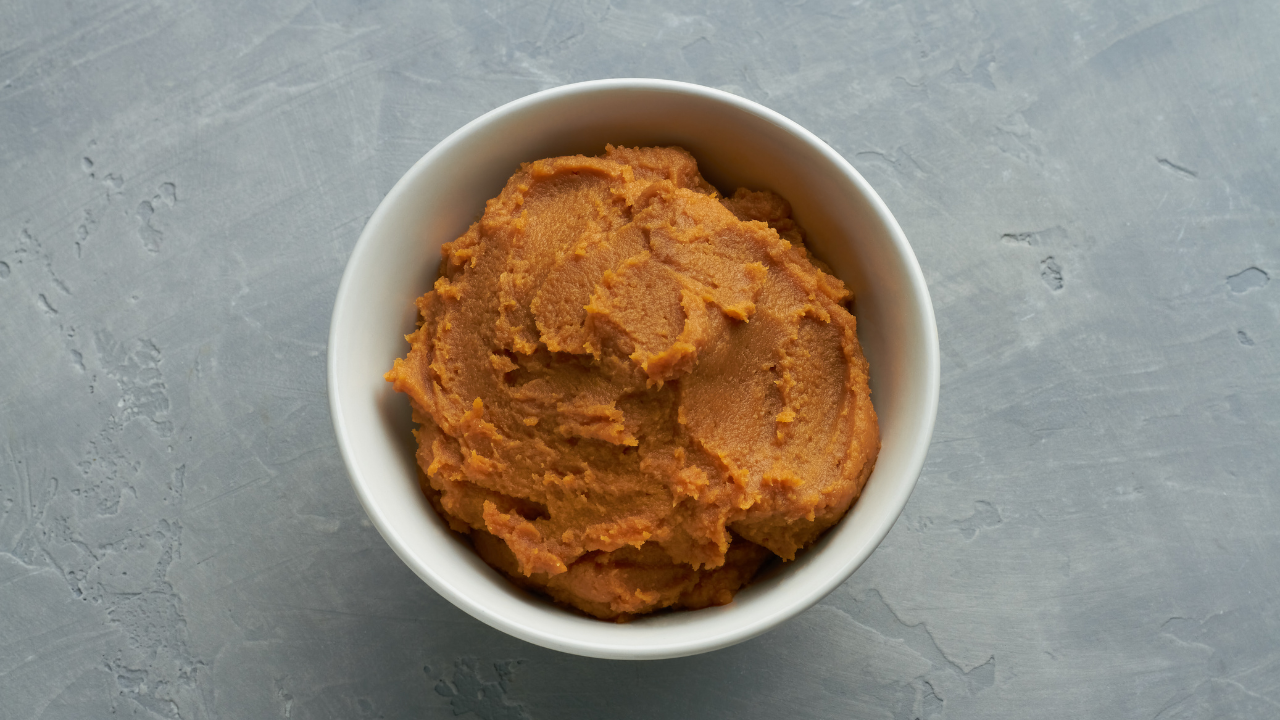
Miso is a fermented soy paste rich in phytoestrogens, specifically, isoflavones like genistein and daidzein, that act as gentle, plant-based mimics of human estrogen. When you eat miso, these isoflavones are absorbed and travel to estrogen-sensitive tissues, including the vaginal lining. There, they bind to estrogen receptors and help stimulate the tissue to stay thick, moist, and well-supplied with blood, even when your own hormone levels are low or fluctuating.
4. Tempeh
Tempeh is a fermented whole soy food with a concentrated dose of isoflavones, the same plant compounds that subtly mimic estrogen in the body. These isoflavones are absorbed through the gut and travel to hormone-sensitive areas, binding gently to estrogen receptors in the vaginal lining. This action helps maintain the moisture and resilience of vaginal tissue, preventing it from tearing or becoming overly sensitive during penetration.
5. Natto
Natto is packed with vitamin K2, a nutrient essential for keeping connective tissues elastic throughout the body, including the pelvic floor and vaginal walls. After you eat natto, vitamin K2 is absorbed in the gut and carried through the bloodstream to activate proteins that rebuild and maintain collagen and elastin fibers. These are the fibers that give vaginal tissue its ability to stretch during penetration and quickly spring back after sex or childbirth.
6. Broccoli + Kale
Broccoli and kale contain glucosinolates, plant chemicals your body converts into compounds that help the liver break down and clear out used estrogen. After you eat these vegetables, enzymes in your gut convert glucosinolates into indole-3-carbinol and sulforaphane, which travel to the liver and boost the production of estrogen-processing enzymes. This helps the body quickly eliminate spent estrogen, preventing it from re-entering your circulation. Efficient estrogen clearance is essential for stable vaginal tissue. When estrogen hangs around too long, it can cause persistent discharge or shifts in your cycle.
Tissue Strength + Repair for The Urinary Tract
1. Oranges
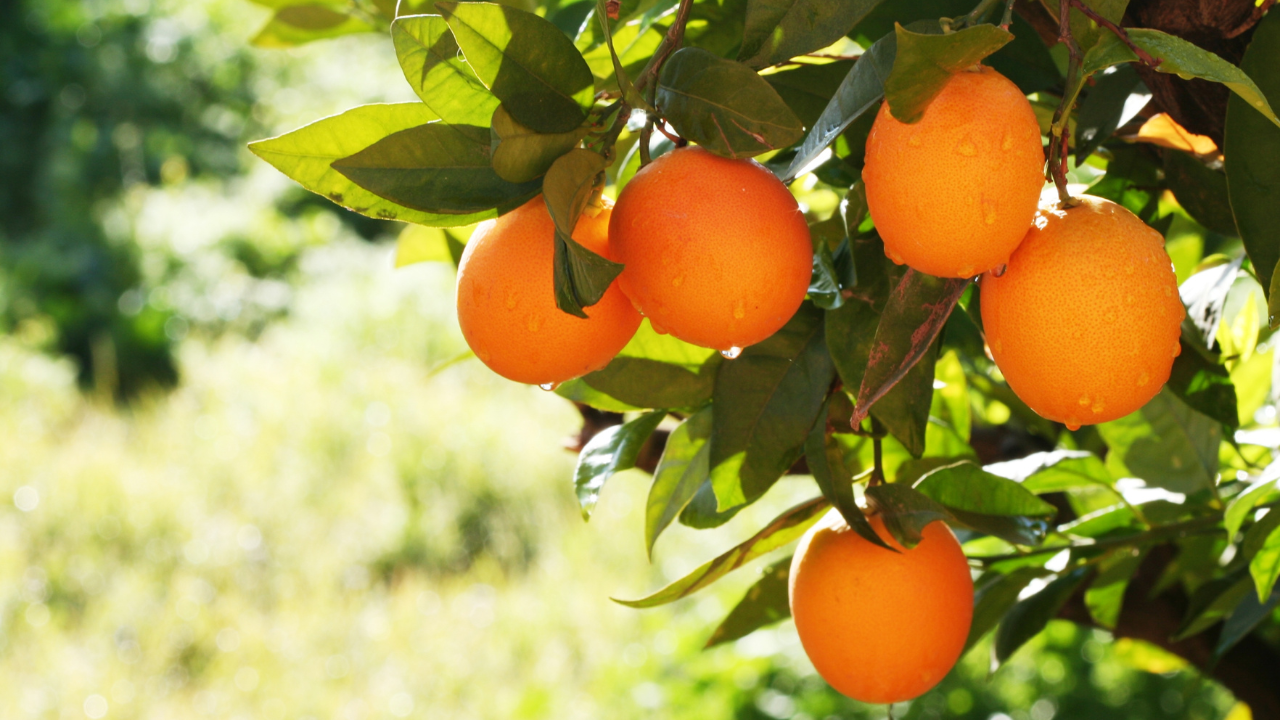
Oranges are rich in vitamin C, a nutrient that acts as the body’s main catalyst for building and repairing collagen. Collagen is what gives vaginal tissue its strength and ability to bounce back after penetration or friction. When vitamin C is low, collagen production slows down, which means the vaginal wall can become thinner and more prone to microtears or lingering soreness after sex.
2. Guava
Guava provides an exceptionally high concentration of vitamin C, delivering up to five times as much per serving as most citrus fruits. This surge of vitamin C gets rapidly absorbed and sent to the body’s mucous membranes, especially areas needing active repair, like the vaginal lining after a yeast infection or irritation. Vitamin C is essential for linking together collagen fibers, so guava intake helps seal microtears, rebuild damaged spots, and restore hydration to tissue that’s gone raw or dry.
3. Kiwi
Kiwi contains actinidin, a unique enzyme that accelerates the repair of mucous membranes, including the delicate lining of the vaginal canal. Actinidin works by breaking down damaged proteins and signaling for new cell growth, which helps close up microtears and speeds up recovery after irritation or friction. If your vagina feels scraped, raw, or takes longer to heal after sex or an infection, actinidin from kiwi is particularly effective for restoring the tissue’s smooth barrier.
4. Green Peppers
Green peppers are an underrated source of vitamin C, supplying the collagen support that keeps vaginal tissue flexible and strong. Vitamin C from green peppers is absorbed and directed to the blood vessels and connective tissues in the vaginal wall, where it drives the formation and maintenance of collagen fibers. Collagen is what gives the vaginal canal its ability to stretch and return to shape without tearing, even after sex or hormonal shifts. Green peppers also contain vitamin B6, which is essential for repairing nerve endings and restoring sensation to delicate areas.
5. Eggs
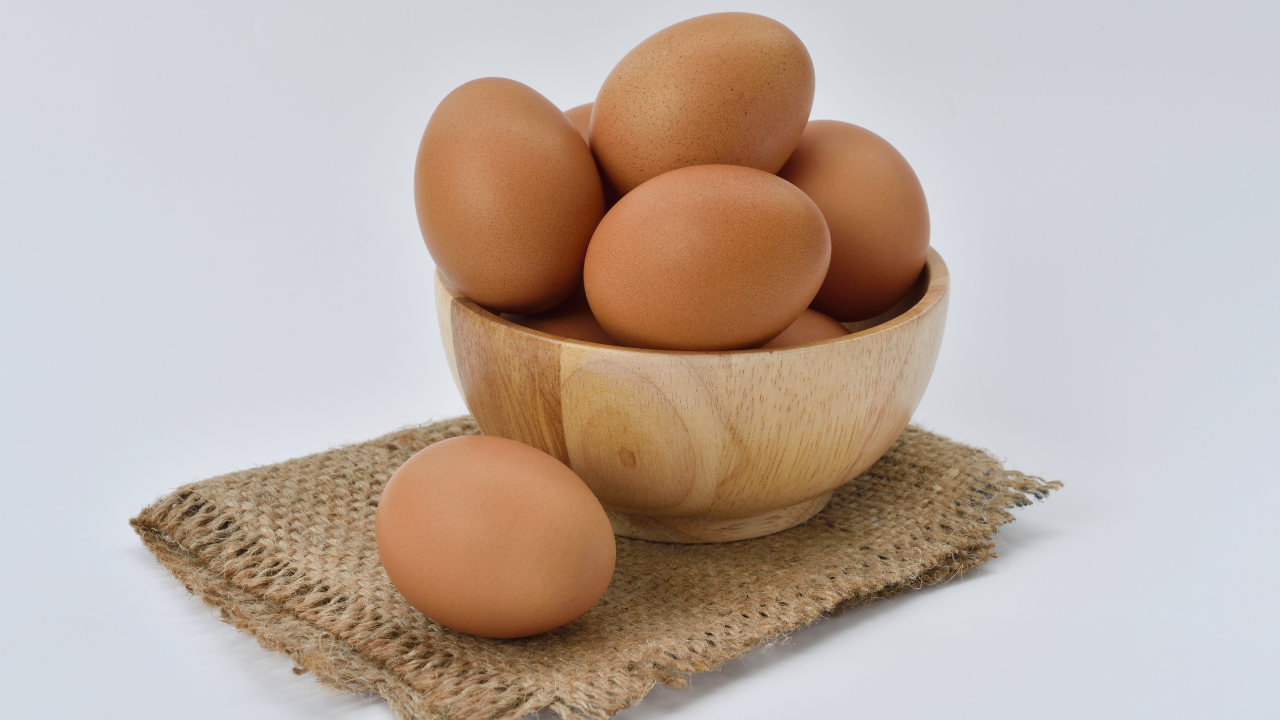
Eggs are rich in choline, a nutrient that forms the backbone of phospholipids in nerve sheaths. After you eat eggs, choline is absorbed and incorporated into the protective covering around nerves, strengthening the signals sent from the vaginal wall to the brain. This is especially important for restoring full sensation and reducing burning or discomfort when nerve endings are exposed or inflamed. Eggs also provide vitamin D, which is critical for cell regeneration throughout the vulva and vaginal entrance.
What Are Good Foods for Vaginal Health?
Probiotic Rich Foods and Probiotic Supplements
The vaginal canal requires a steady supply of Lactobacillus to stay acidic (pH between 3.8–4.5) and produce hydrogen peroxide, one of the main compounds that inhibits yeast and BV bacteria. That supply comes from your gut.
When you take antibiotics or go through periods of high stress, your gut flora depletes and vaginal bacteria follow. This is often the root of recurring yeast infections, BV, and sour-smelling discharge.
Phytoestrogens
When estrogen levels drop the vaginal walls begin to thin. This means fewer blood vessels and increased risk of microtears during sex. Phytoestrogens bind to estrogen receptors in the vaginal tissue. While they don’t replace estrogen, they mimic some of its functions and help maintain tissue thickness and natural lubrication in estrogen-deficient states.
Vitamin C & Citrus Fruits
The inner vaginal wall relies on collagen to maintain structural integrity. Collagen breakdown leads to thinning tissue, soreness after sex, longer healing times, and increased sensitivity to friction. Vitamin C is a required cofactor for collagen synthesis, without it, tissue regeneration slows down.
Vitamin E, Healthy Fats, & Omega 3 Fatty Acids
Every cell in your vaginal lining has a phospholipid membrane. Without sufficient dietary fat, especially omega-3s, and Vitamin E, those membranes become brittle. The result is dry, fragile tissue that chafes easily, even with arousal. Vitamin E also improves mucosal hydration and prevents oxidative damage to the skin and mucous membranes of the vulva and vagina.
Zinc + Magnesium
Zinc is essential for epithelial repair. It’s involved in wound healing, tissue renewal, and immune defense inside the vagina. Without enough zinc, microtears take longer to heal and the tissue becomes more susceptible to inflammation. Magnesium regulates blood flow to the pelvic region and supports nerve sensitivity. Low levels can show up as burning during penetration or poor sexual sensation.
Fiber
Excess estrogen is metabolized in the liver and exits the body through the colon. If you’re constipated or not eliminating daily, that estrogen gets reabsorbed into the bloodstream. Elevated estrogen increases mucus production and disrupts vaginal scent.
Conclusion
Negative vaginal symptoms have causes. In many cases, they’re your body telling you it’s missing specific inputs, like the right bacteria, the right fats, or the right micronutrients.
Your vaginal ecosystem is regulated by diet just as much as your gut or immune system. Without enough Lactobacillus, the pH rises and opportunistic bacteria take over. Without enough healthy fat and Vitamin E, the mucous membranes dry out and can’t self-lubricate. Without fiber, excess estrogen recirculates and shifts your vaginal scent.
I’ve personally noticed that when I eat two intentional servings of vaginal-supportive foods daily my baseline changes. All you need is consistency. If your vagina is acting out, it’s likely because she’s underfed. Feed her what she actually needs, and most of the symptoms you’re managing will start to resolve without a single prescription.





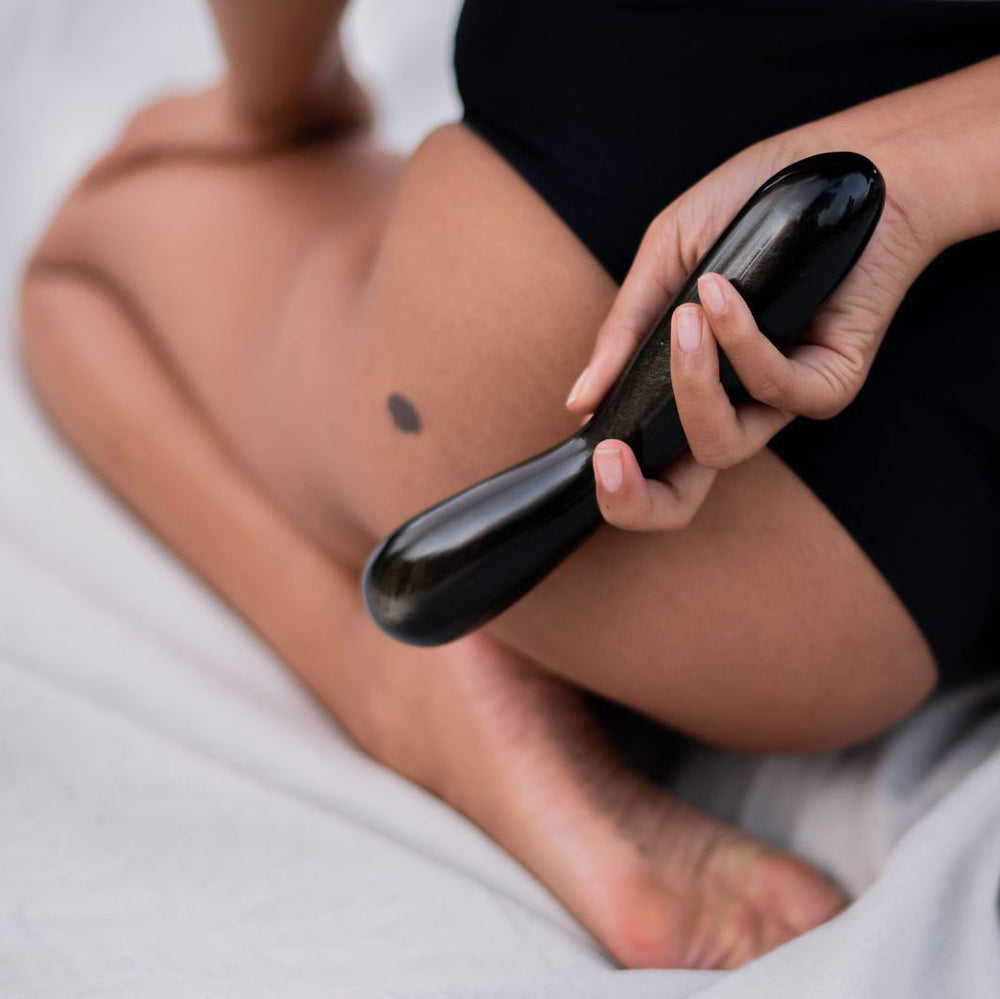


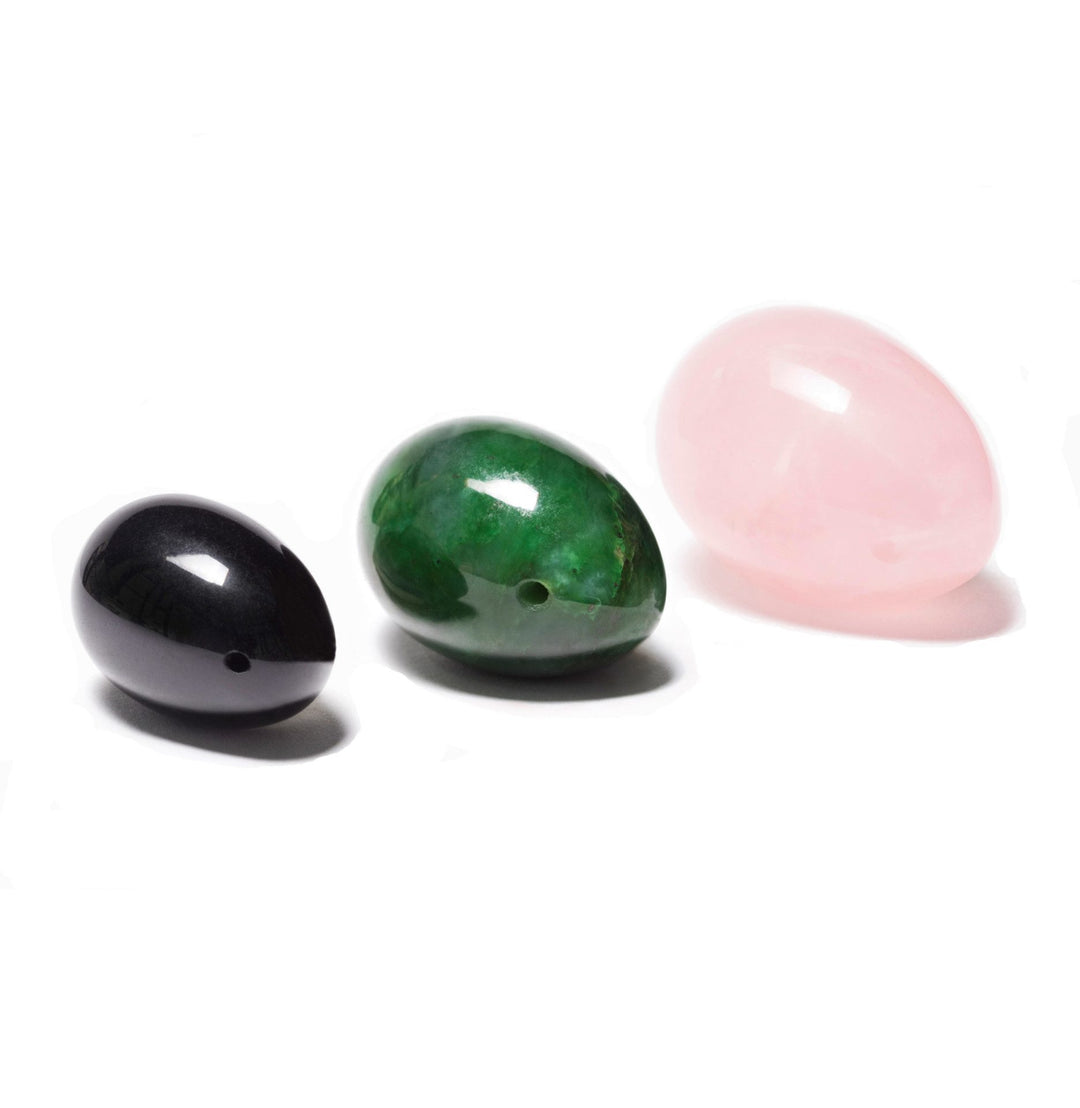
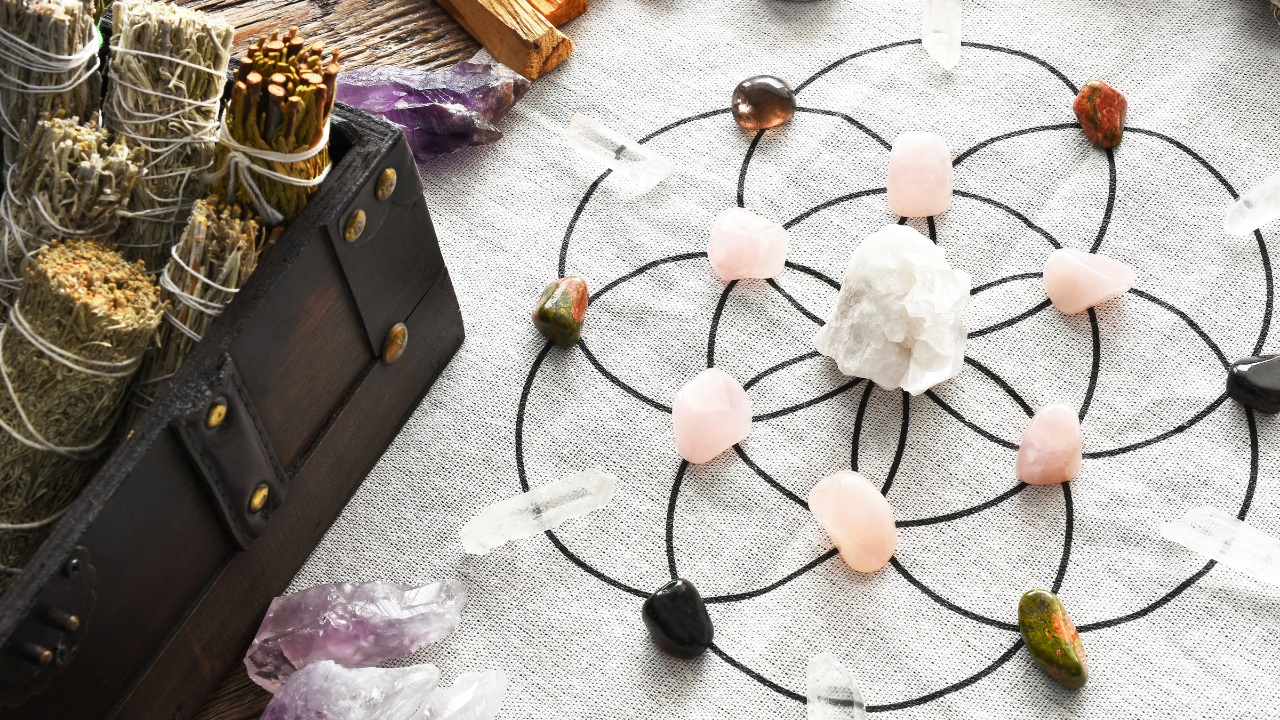
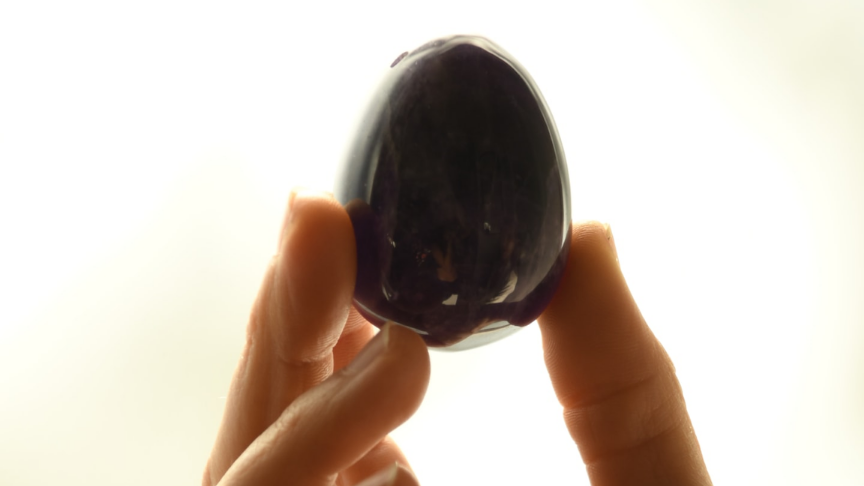
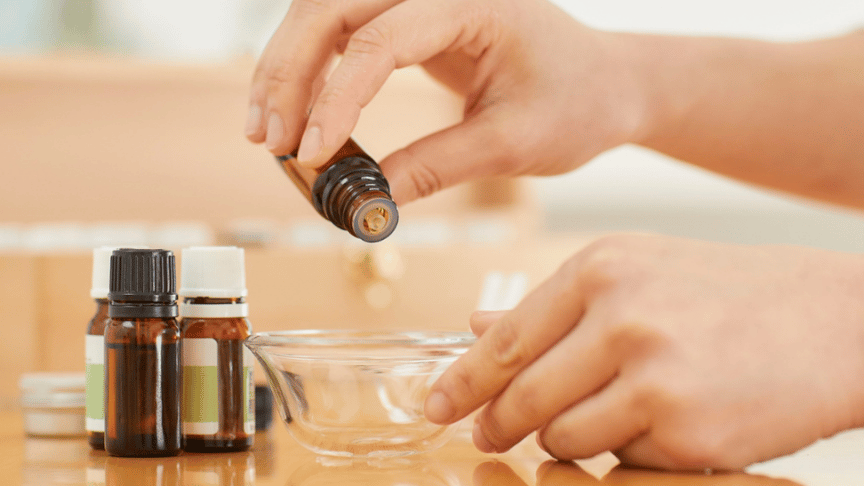
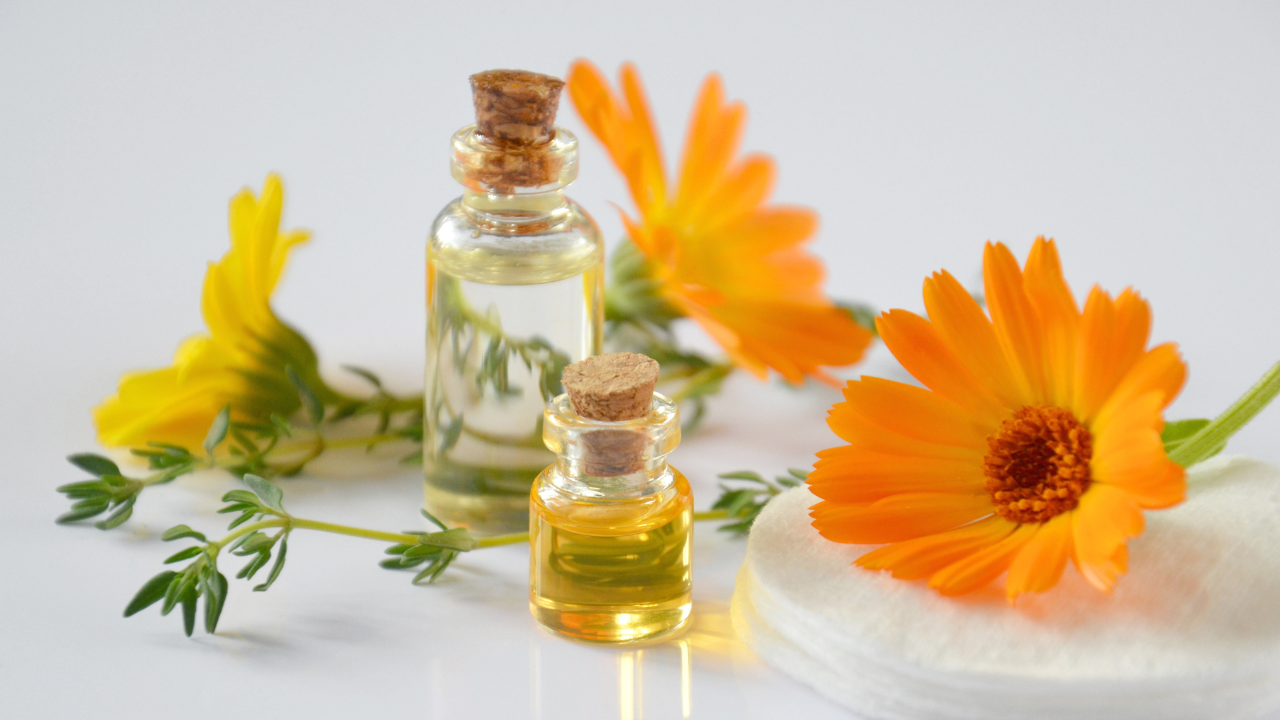
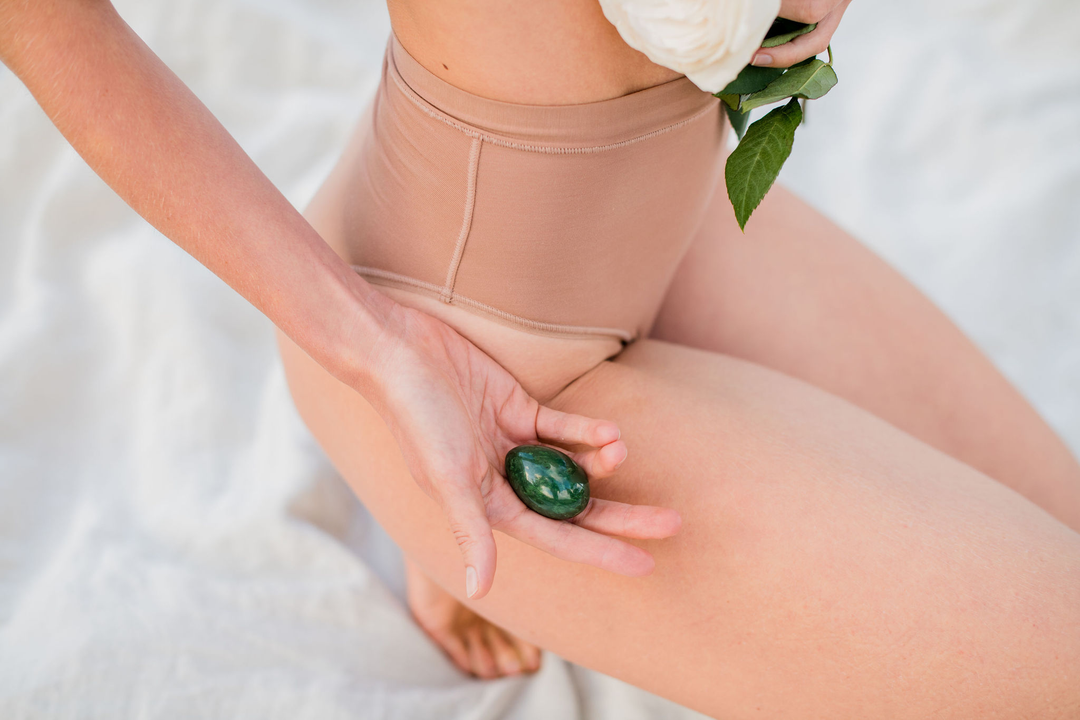
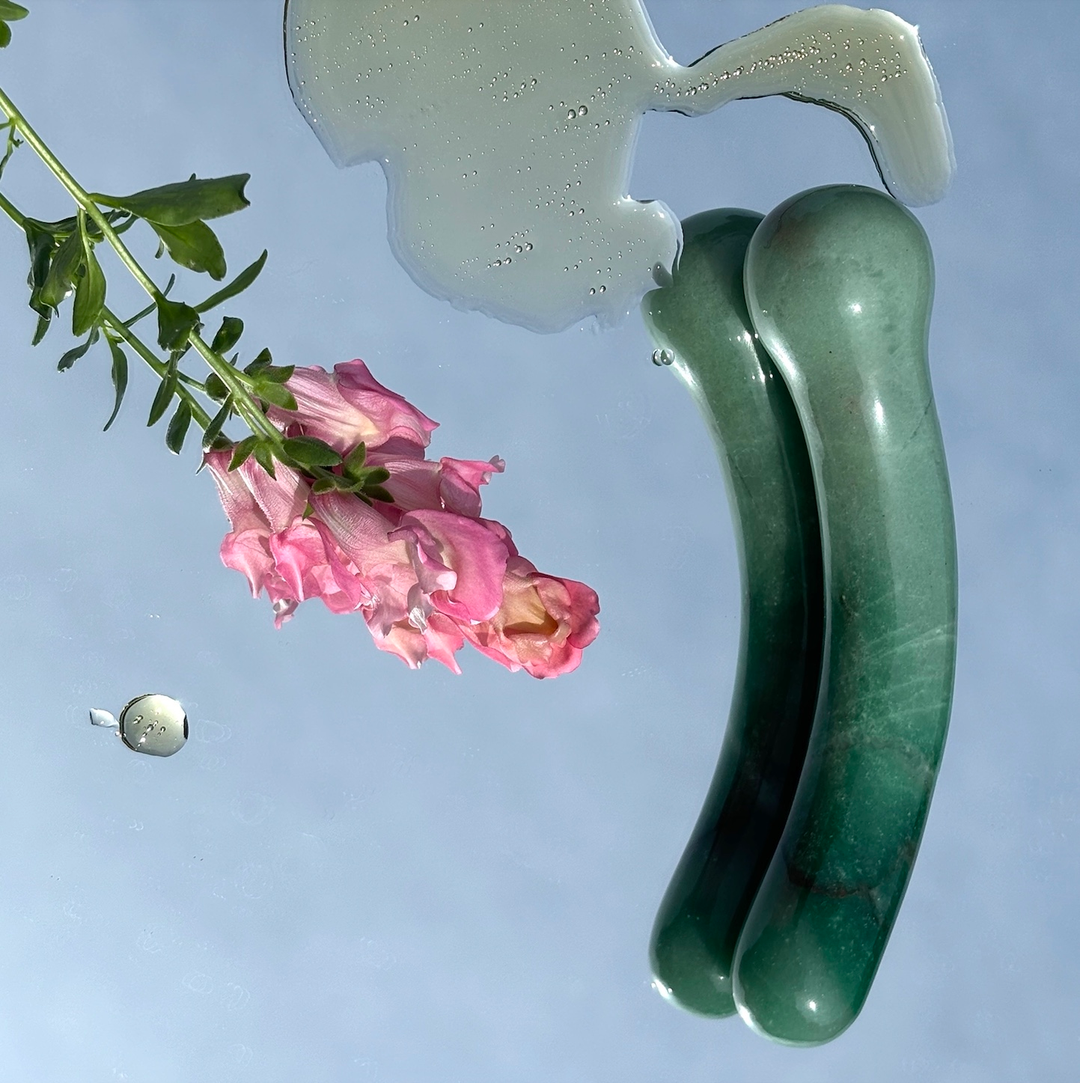
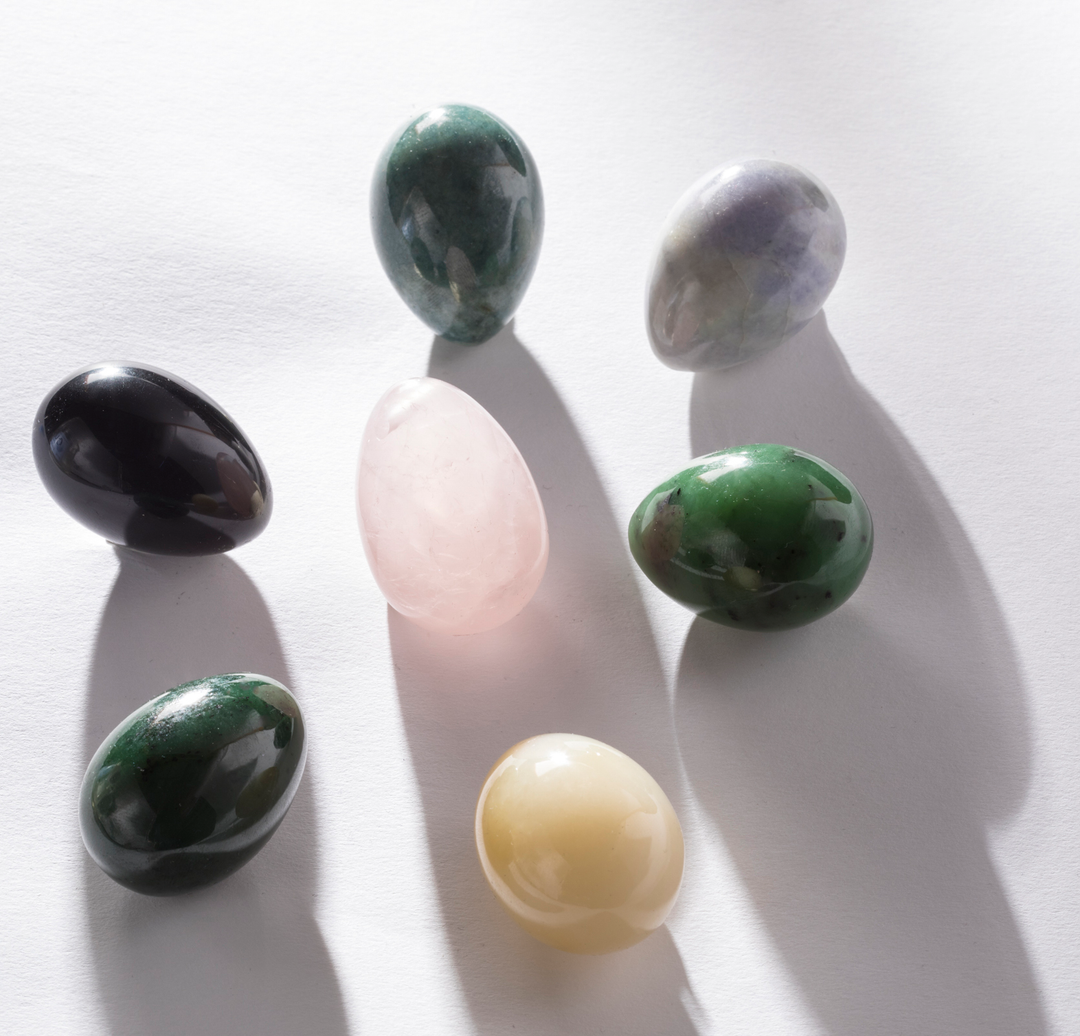
Leave a comment